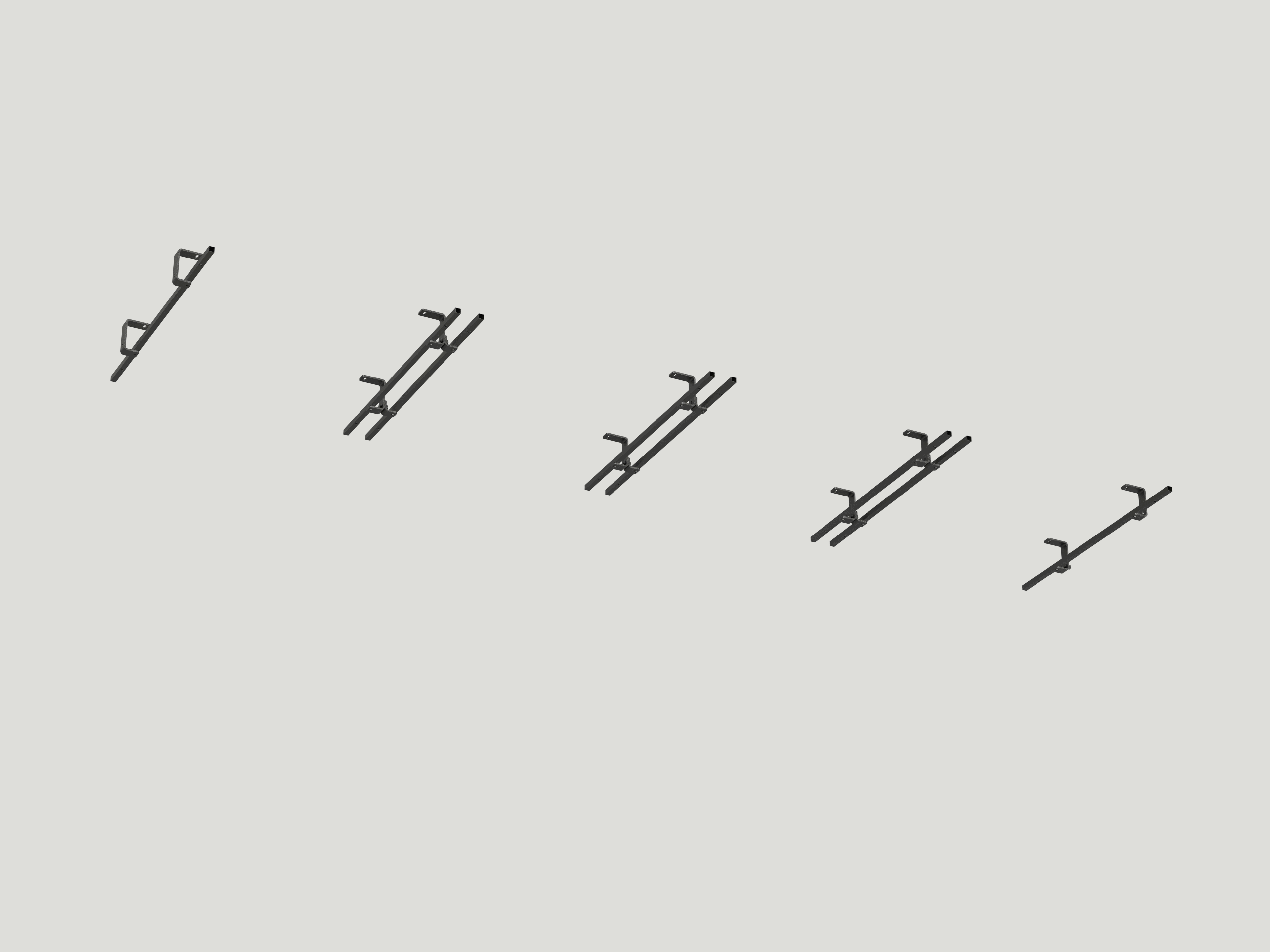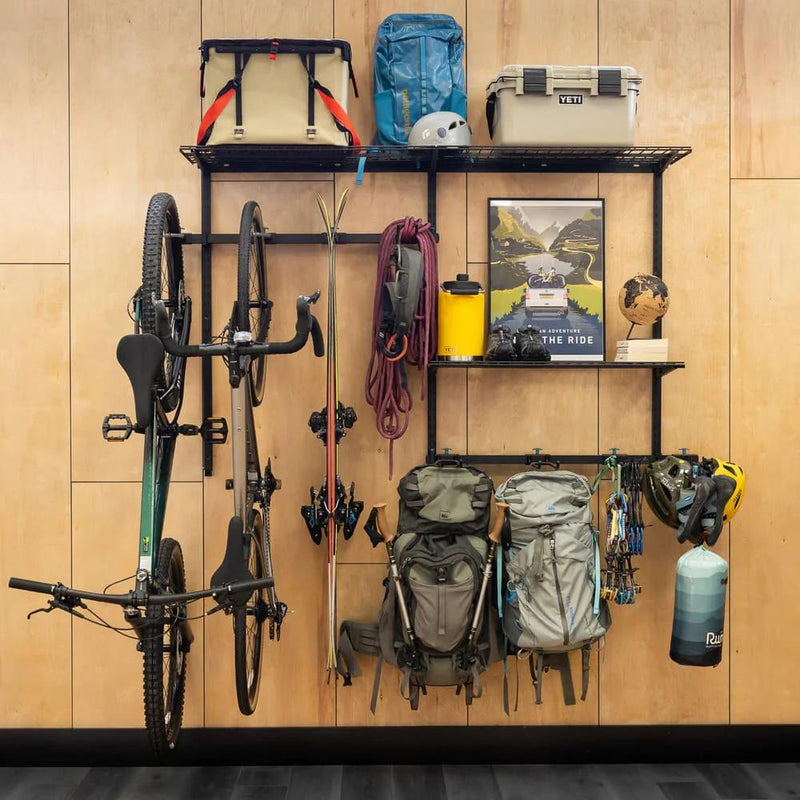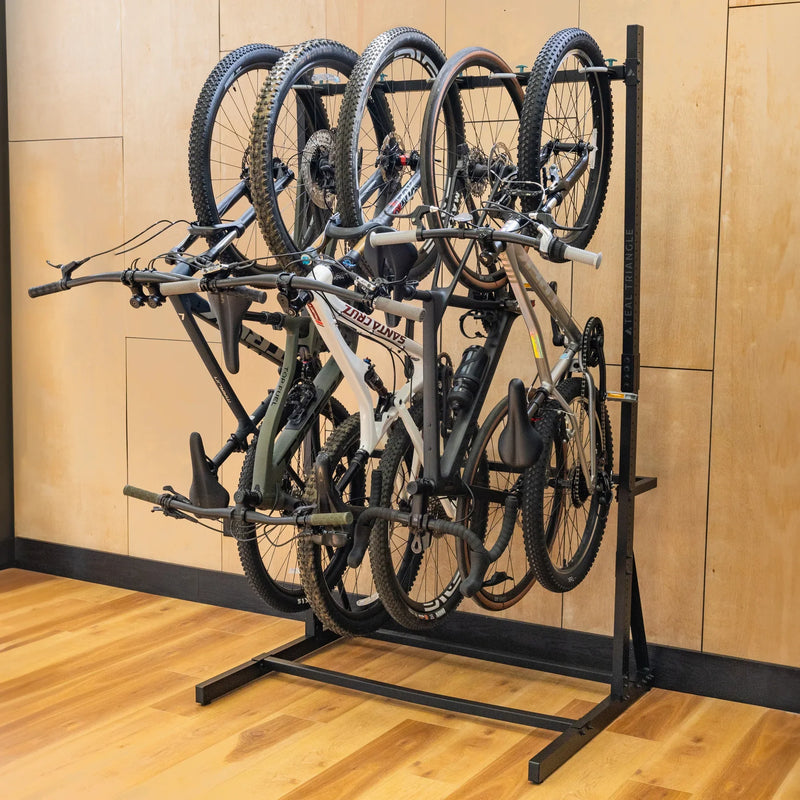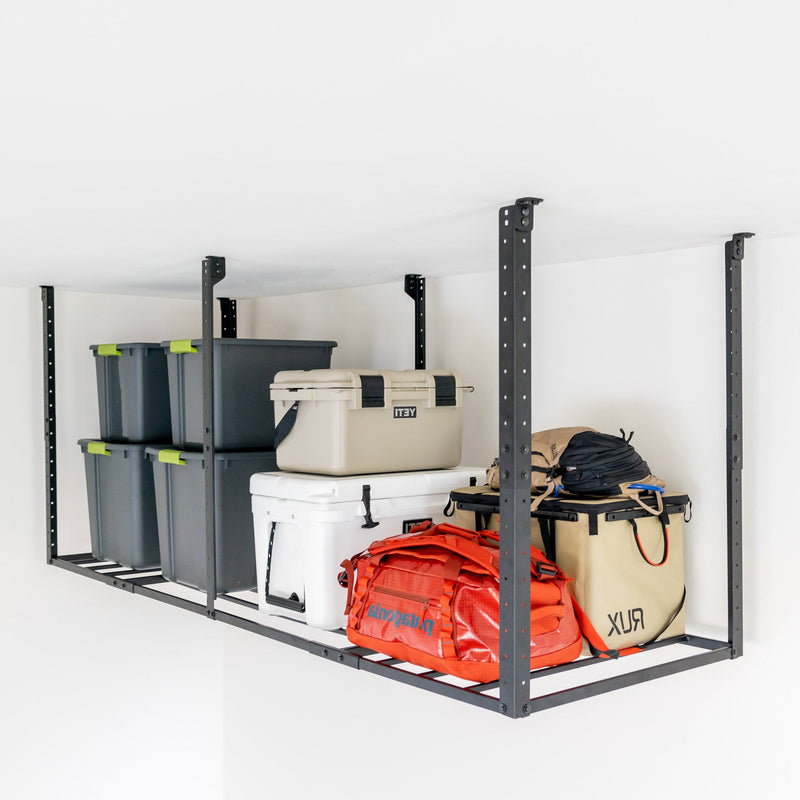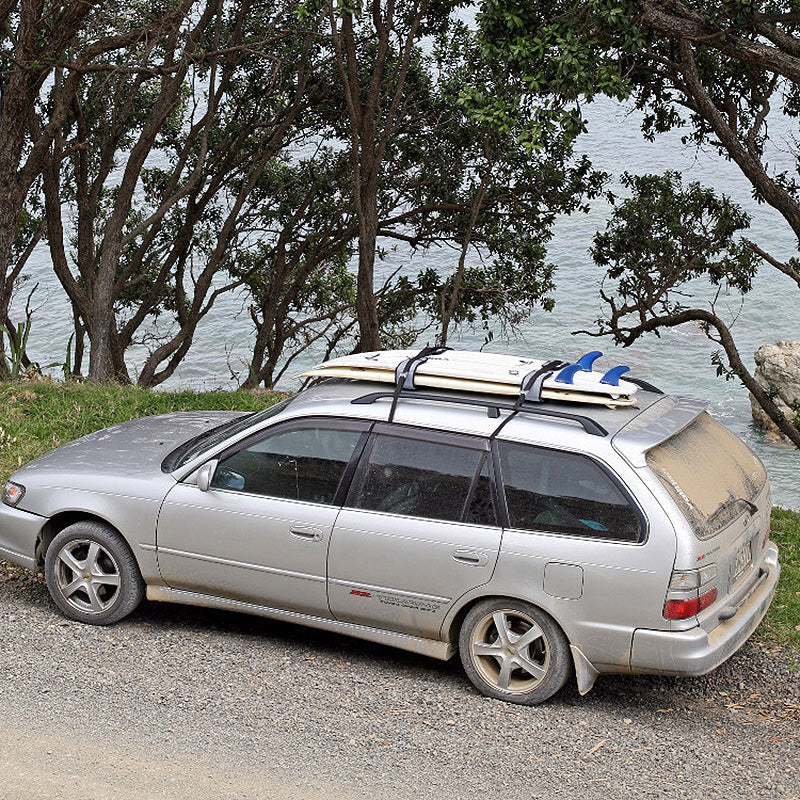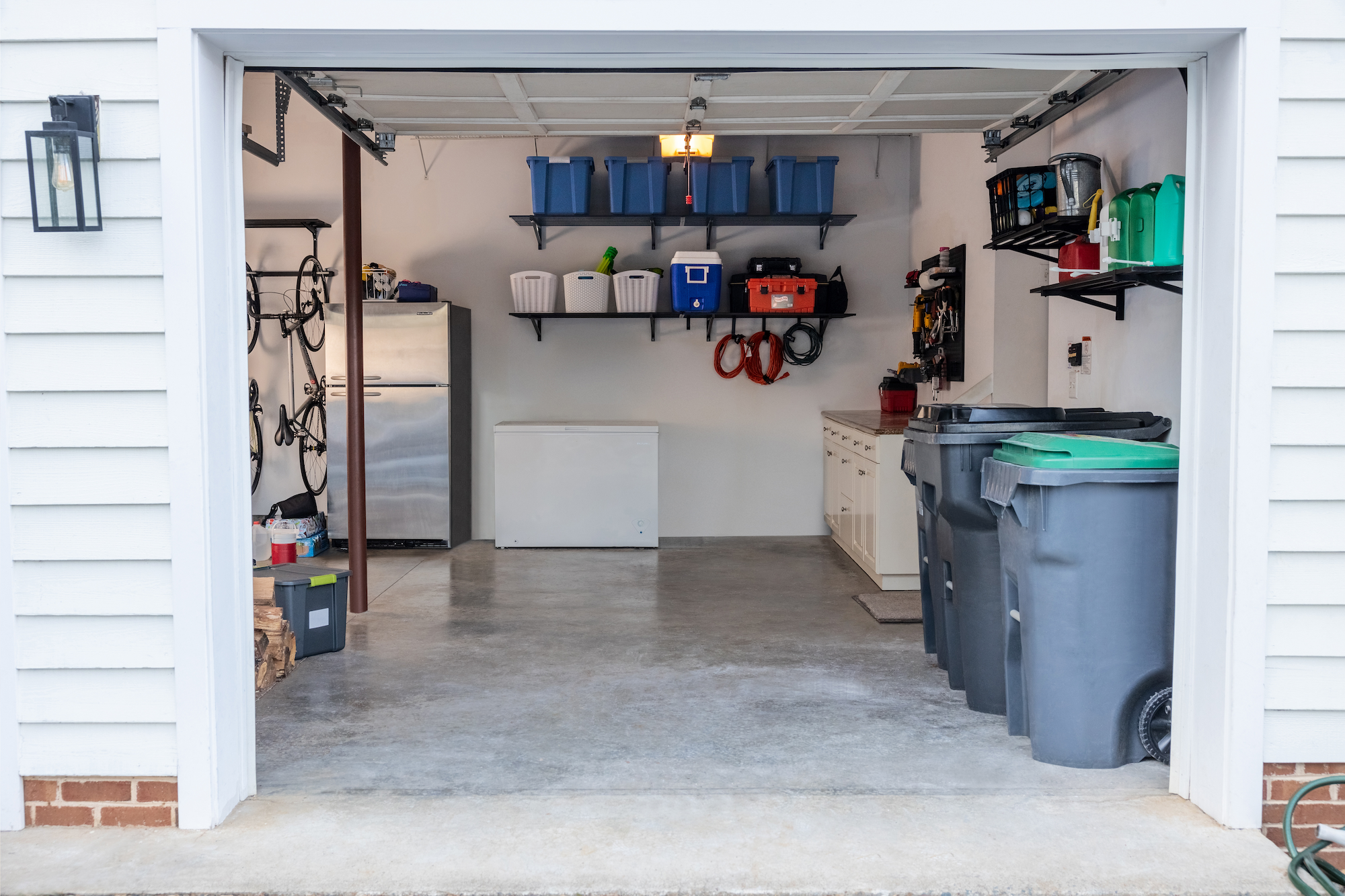Sandboarding is one of the many spinoffs of skateboarding and snowboarding; it first became widespread during the 1980’s. Especially popular for snowboarders during the off-season, it is done in deserts or on sand dunes. The best sandboarding locations are usually located in or near deserts or beaches. However, there are other areas, like Monte Kaolino in Germany where the yearly sandboarding world championships are held, that are not near deserts or water.
Most sand boarders search for their own locations to board, since the sport is not yet popular enough to have well-known sand boarding locations across the globe. Experienced riders look for long, steep hills in beautiful surroundings. Although sandboarding is possible on every continent, Africa and Australia are perennial favorites for those who are willing to travel for the best sand.
Sandboarding makes use of a specially polished board to slide on the dunes. Although it can be ridden head-first, like a boogie board, most riders choose to stand on the board with a stance similar to that of surfers. The board may or may not have bindings, though those without bindings are considered more dangerous than those that provide some means to keep your feet on the board.
The sandboard is made of a very hard composite or laminated material, like Formica. After a while, the surface will begin to be sanded down due to constant contact with rough sands. The board bottom is waxed with a special sandboard wax so that it glides smoothly along the sand. Boards range in length from about the size of a longboard skateboard to the size of a snowboard, depending on the boarder’s style. Wearing the right eye protection is very important for those in the sand, to protect their eyes from both UV rays and flying sand particles.
Tricks can be done with a sandboard, just like with a snowboard or skateboard. Josh Tenge is a professional sandboarder who holds the world record for longest distance back flip, at 44 feet and 10 inches. He is a four-time world sand boarding champion with multiple world records. Still, many involved in the sport will affirm that performing tricks on sand is much more difficult than tricks on skateboards or snowboards.
Kite sandboarding is the latest incarnation of this sport, utilizing a kite to travel along the sand at up to 40 miles per hour. The world record for sandboard speed is 51 miles per hour, though unofficial speeds of 60 miles per hour are reportedly possible.
Although sandboarding has grown exponentially as a sport over the last deade, it remains less popular than snowboarding, in part because of the difficulty of building a ski lift on a sand dune, so boarders must walk or use a dune buggy to get back to the top after every run. However, one benefit of sand boarding is that it is usually possible year-round, whereas snowboarding is only possible on snow-covered slopes. There are said to be about 14,000 sand boarders in the U.S. alone, with six major events annually sanctioned by the U.S. National Sandboard League.
Shop our skateboard collection for storage that shows off your sandboards, skateboards, longboards, cruisers, and more.

